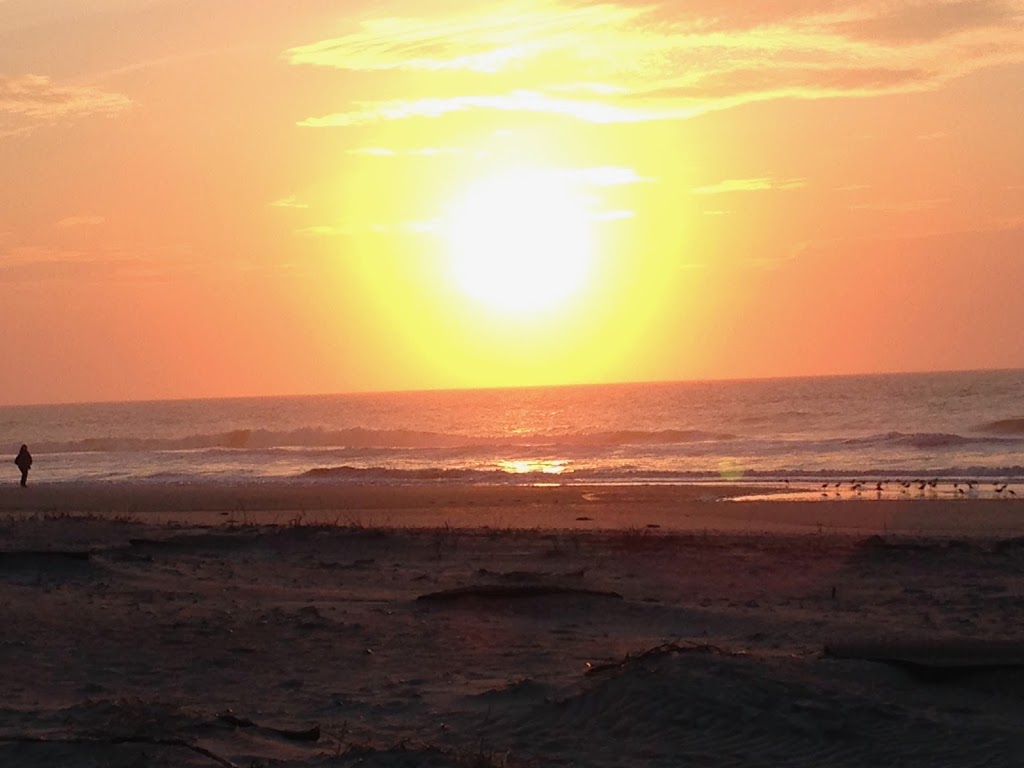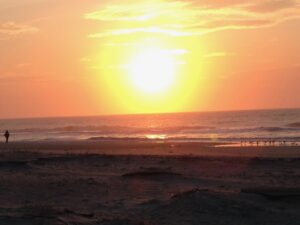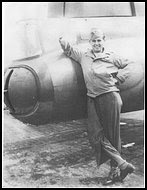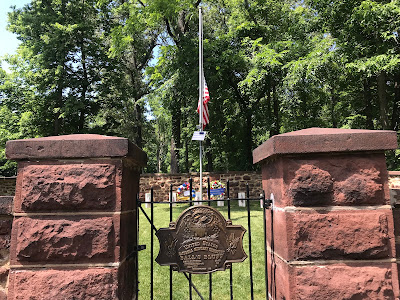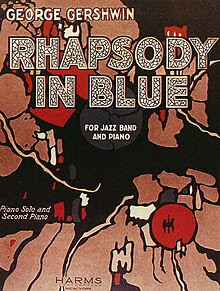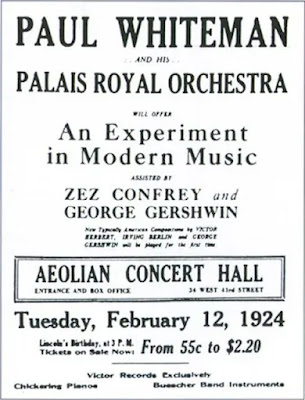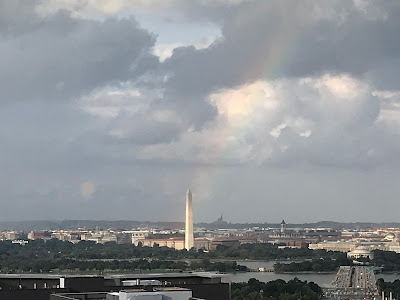Second Inaugural
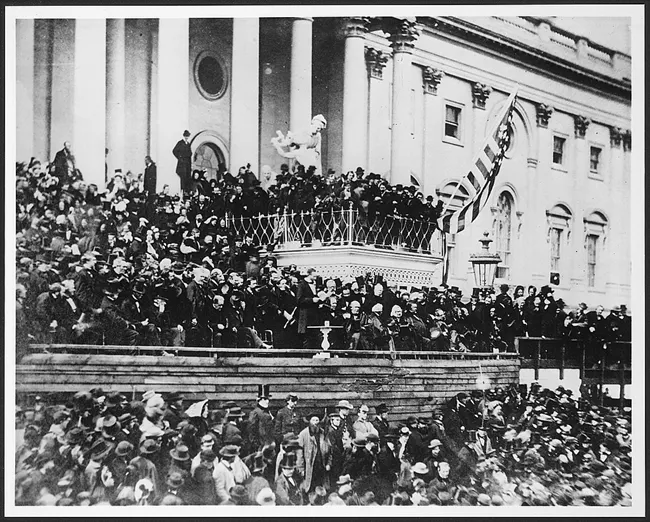
An article in the newspaper made me think about it, but it was a good day to think about it anyway. I’m talking about Lincoln’s second inaugural address, which he delivered 41 days before his assassination.
I just re-read the speech and am in awe, as I usually am when reading the words of our 16th president. It’s not just the morality of his message but also its economy. The address is just over 700 words.
Here’s how it ends: “With malice toward none with charity for all with firmness in the right as God gives us to see the right let us strive on to finish the work we are in to bind up the nation’s wounds, to care for him who shall have borne the battle and for his widow and his orphan — to do all which may achieve and cherish a just and lasting peace among ourselves and with all nations.”
Lincoln said of it, “I expect it to wear as well — perhaps even better than anything I have produced.” As usual, he was right.
(Photo: Courtesy, Library of Congress)






